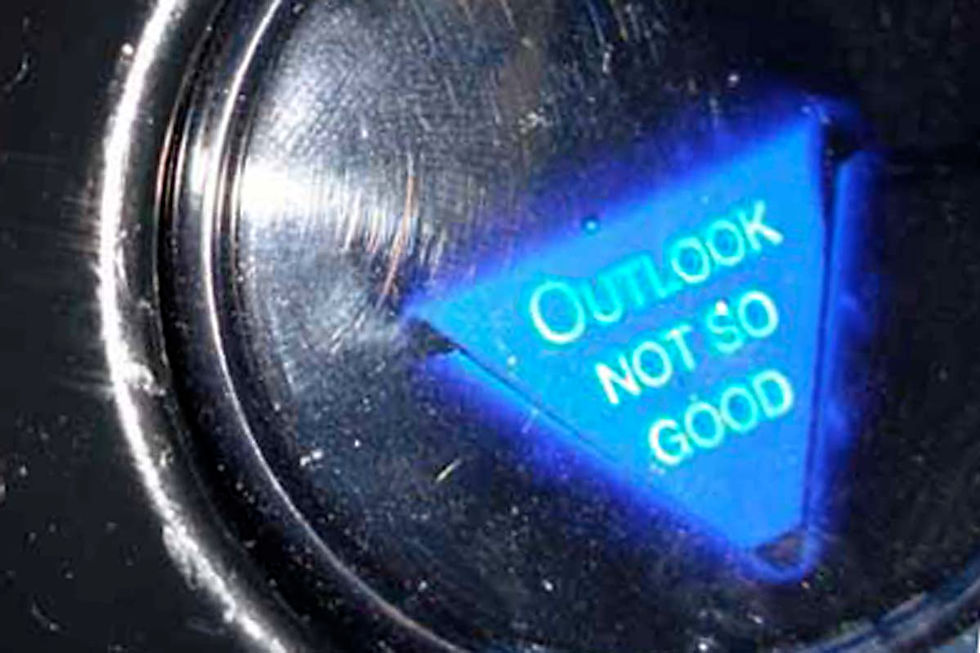Magic 8-Ball Strategic Planning
- Erika Andresen
- Aug 4
- 3 min read
I'm not trying to trademark this concept, at all. But let's talk about how strategic planning is, at base, trying to divine the future. Is your business continuity professional Nostradamus? Well...we try to be.
Really think about this: we have black swans. We talk about reading tea leaves of the economy or industry (with varying degrees of success). Some even consult tarot cards. Does this make sense? Not when I say it like that, using alternative language and means. Does it mean we should shut it all down? No, at best we give ourselves a chance at coping with disastrous fallout or, even better, at success in case. In case? In case anything happens.
But that's getting harder and harder.
The first part of actual prediction for strategic planning purposes is data. You need good, solid data to inform our decisions and understand where we are currently and the projected state of things moving forward. I already wrote about how the current administration has ordered NOAA to sunset the database for the cost of disasters database by the end of the year. Way to not have reliable data! Now the latest news about the president firing the commissioner of labor statistics because the numbers that were released made him look bad. How do you get around that? Put someone in the position who will make the numbers look better, which means they can't be trusted. Instead of using a magic 8-ball, it puts strategic planners and decision-makers behind the 8-ball. It all just means you should assume it is all way worse than you think it is, you are more at risk than you think you are, and prepare accordingly.
The second factor is connectivity. The more connected you are as a business to things outside your four walls, the less you can predict. The larger the ecosystem, the more uncertainty is introduced. Having vendors or a supply chain you need to rely on introduces a lot of uncertainty. In business continuity, I look at all vendors. You can require each vendor you work with to have a business continuity plan. You can require that they not sub-contract work. There are ways to lessen the uncertainty, for sure, but sometimes it means still being a bit blurry but at least you aren't going in blind.
The third factor is looking at facts and evaluating them against what you believe. I teach emergency management to graduate students. We go through all the types of natural disasters and man-made disasters. I do the same for my business continuity clients. Here is where it gets tricky - some will look at a natural disaster and say, "it's a shame, nothing could have been done." Some will look into what happened/how it was so bad and discover a lot of human error. That begs the question if the disaster was a disaster because of mother nature or all the compiled errors of humans. If you insist on still calling it a natural disaster, you are more likely to reject the idea humans had any role...like an emergency manager being asleep so they miss warnings about floods, in a flood-prone area that continued to build in flood plains, and spent years punting investing in and establishing a flood warning system.
I'm telling you all these pitfalls of strategic planning for the sole purpose of enabling you to plan. The playing field is changing. If you don't change with it aided by the tool of business continuity, you might as well shake a magic 8-ball and work off "outlook not so good."




Comments